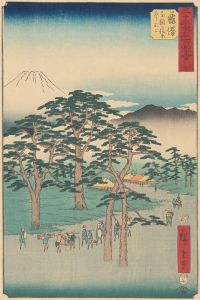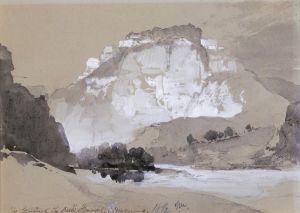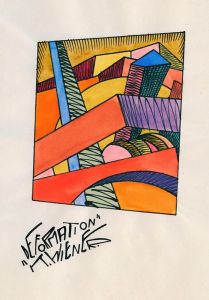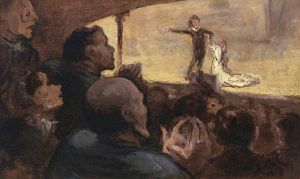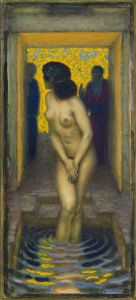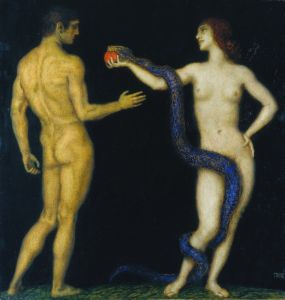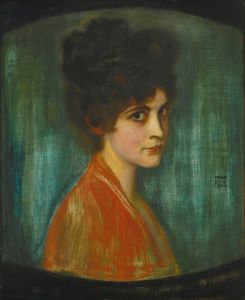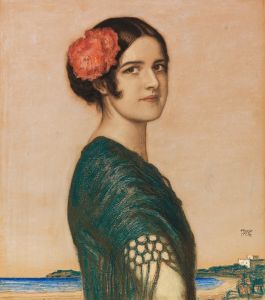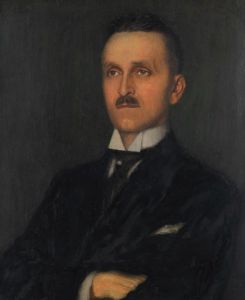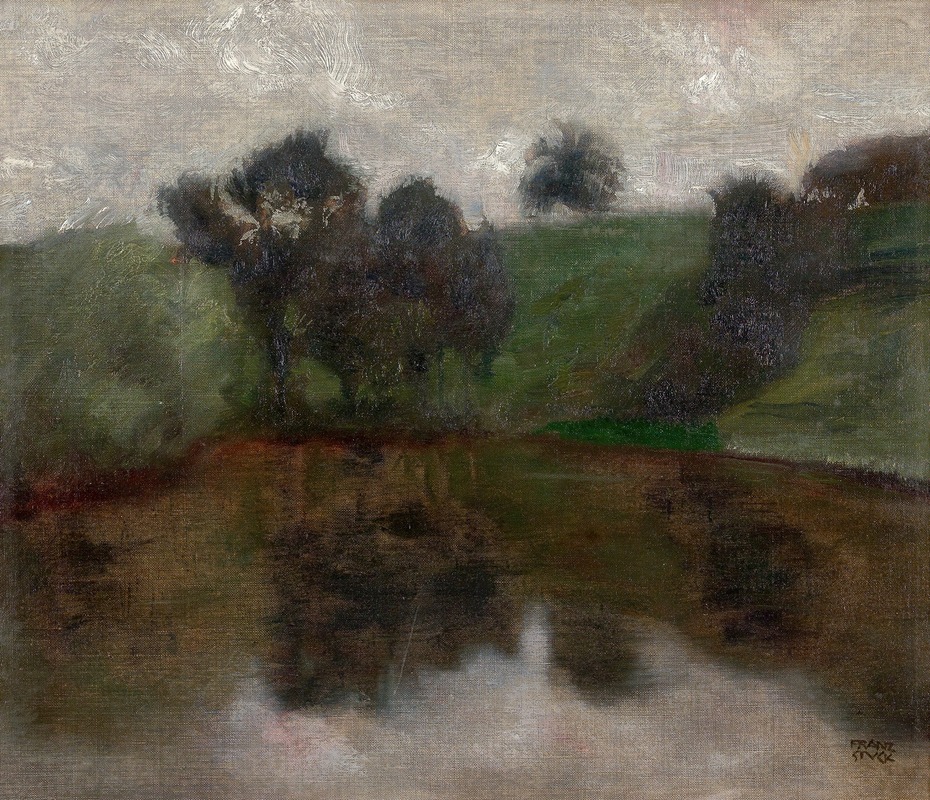
Landscape
A hand-painted replica of Franz von Stuck’s masterpiece Landscape, meticulously crafted by professional artists to capture the true essence of the original. Each piece is created with museum-quality canvas and rare mineral pigments, carefully painted by experienced artists with delicate brushstrokes and rich, layered colors to perfectly recreate the texture of the original artwork. Unlike machine-printed reproductions, this hand-painted version brings the painting to life, infused with the artist’s emotions and skill in every stroke. Whether for personal collection or home decoration, it instantly elevates the artistic atmosphere of any space.
Franz von Stuck was a prominent German painter, sculptor, and architect, known for his contribution to the Symbolist movement in the late 19th and early 20th centuries. Born on February 23, 1863, in Tettenweis, Bavaria, Stuck became one of the founding members of the Munich Secession, an art movement that sought to break away from the traditional academic standards of the time. His work often features mythological themes, dramatic compositions, and a distinctive use of light and shadow.
"Landscape" by Franz von Stuck is one of his lesser-known works, and there is limited information available about this specific painting. Stuck's oeuvre primarily consists of allegorical and mythological subjects, with a focus on the human figure, particularly the female form. However, he also created landscapes, which, while not as famous as his other works, demonstrate his versatility and skill in capturing the natural world.
Stuck's landscapes are characterized by their atmospheric quality and often reflect the Symbolist interest in mood and emotion rather than strict realism. He employed a rich palette and a keen attention to detail, which can be seen in the way he rendered natural elements such as trees, water, and sky. His landscapes often convey a sense of mystery and are imbued with a dreamlike quality, aligning with the Symbolist movement's emphasis on evoking the inner experience and the subconscious.
In the context of Stuck's broader body of work, his landscapes can be seen as an exploration of the natural environment as a backdrop for the human condition. They often serve as a stage for the dramatic and sometimes otherworldly narratives that unfold in his paintings. This approach is consistent with the Symbolist movement's focus on exploring themes of mythology, dreams, and the metaphysical.
While specific details about "Landscape" by Franz von Stuck are scarce, it is likely that the painting reflects his typical style and thematic interests. Stuck's landscapes, like his other works, are marked by a strong sense of composition and a masterful use of light and shadow to create depth and atmosphere. His ability to convey emotion through the depiction of nature is a testament to his skill as an artist and his contribution to the Symbolist movement.
Franz von Stuck's influence extended beyond his paintings; he was also a respected teacher at the Academy of Fine Arts in Munich, where he mentored several notable artists, including Paul Klee and Wassily Kandinsky. His impact on the art world is evident in the way he bridged the gap between traditional academic art and the emerging modernist movements of the early 20th century.
In summary, while specific information about "Landscape" by Franz von Stuck is limited, the painting can be appreciated within the context of his broader work and the Symbolist movement. Stuck's landscapes, though not as widely recognized as his mythological and allegorical pieces, showcase his ability to evoke emotion and atmosphere through the depiction of the natural world.





